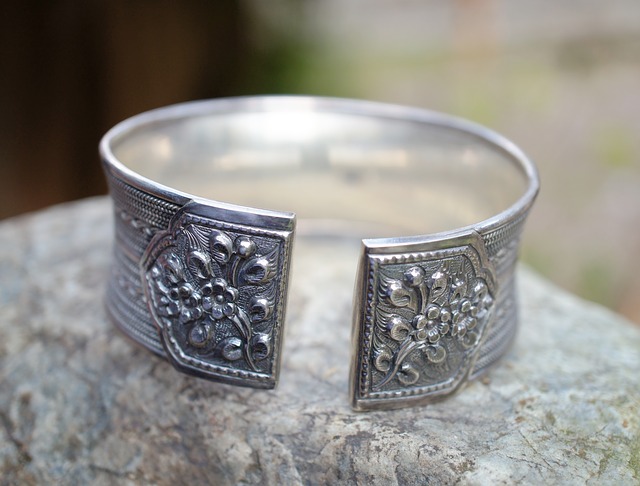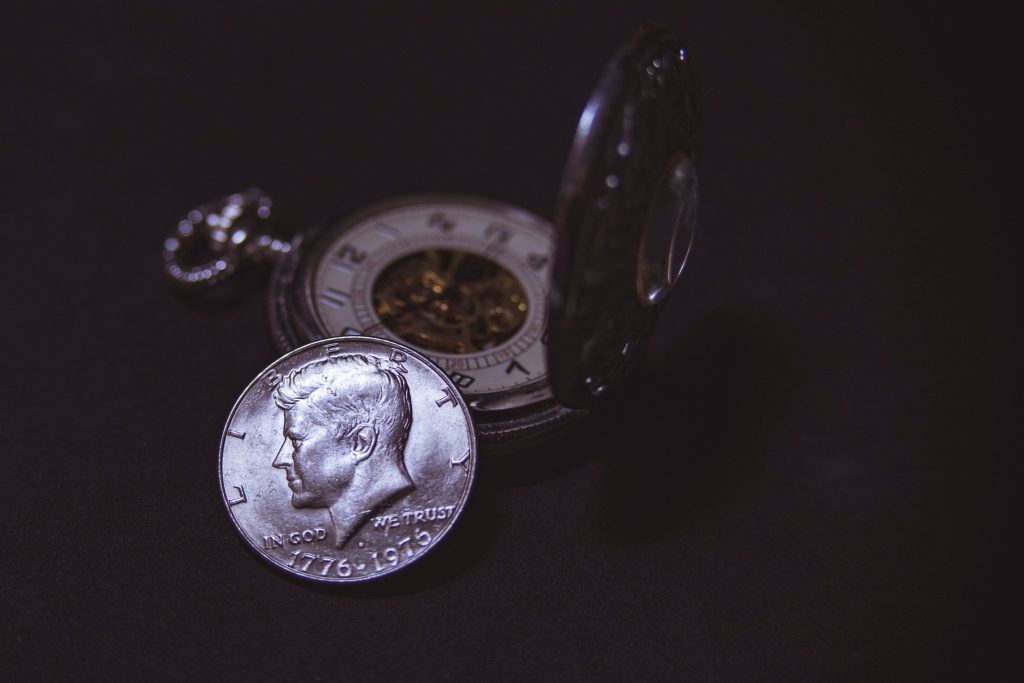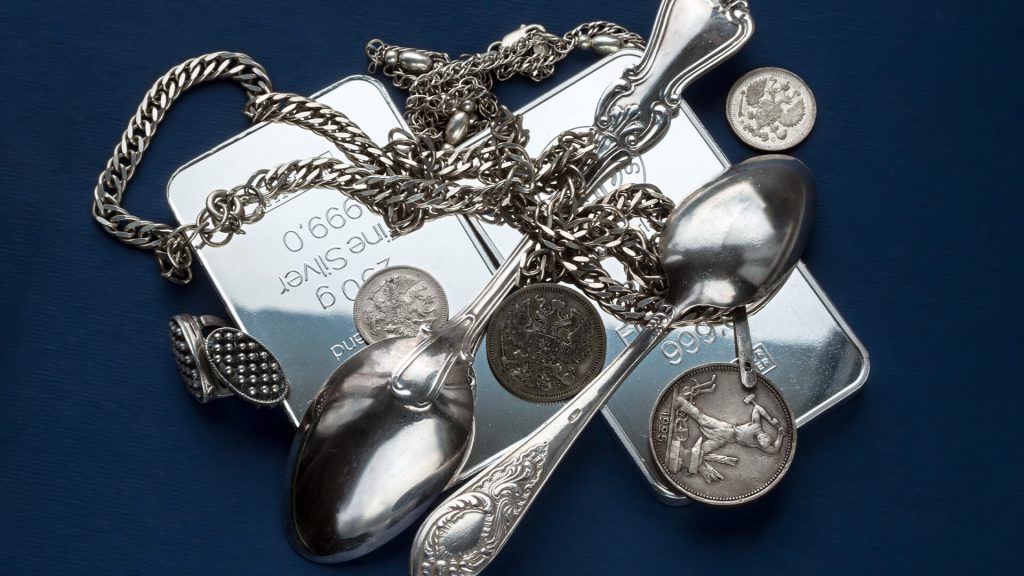Precious Metal Profile: A Brief Look at Silver

Silver, often thought of as a runner-up to its metal counterpart, gold, is one of the most sought after underdogs throughout human history. Some archaeologists and anthropologists agree that humans have known how to mine and bring silver to a purity standard the people of the time found suitable. But the question most curious connoisseurs of precious metals want to know is “why?” What value did silver possess that inspired ancient and modern people alike to create such a high demand for the element? What value and spot prices will silver incur over the next few years? Why is it so precious to us now? How has it given gold a run for its money after all these years?
Let’s explore a few brief, but key, components that this precious metal offers and what makes certain silver alloys more valuable than others.
Silver’s Gold Standard
While it holds its second-place medal to gold, it still has high standards to keep its intrinsic value. Its purity measurement is consistently found by measuring the density of the silver. The amount of the pure metal (the metal without other components or contaminants) gives the percentage of purity in parts per thousand. This system of measurement is the Millesimal fineness system, which can be used for other metals such as gold or platinum. Sterling silver holds a Millesimal fineness of 92.5% silver and 7.5% copper or other metals used to create the alloy. Cutlery, jewelry and other collector’s pieces are often held to the same level of purity, though you could find some that are of higher quality.
If you came across an old silver bullion coin, like the Silver Eagle of the United States, it would have a purity of 99.9% (.999) if it were authentic. Other more common collector’s coins typically comprise a standard 90% silver, with copper making up the remaining 10% of the coin in the United States. There are some collectable coins that hold less silver, such as the 1942 Jefferson nickel, which held approximately 35% silver because of its production during WWII.
Silver Use in Everyday Life
From the photography industry, capable of utilizing the precious metal to capture a moment with light and particle reactions, to the medical industry, finding fresh ways to value silver’s use over other compounds in fighting infection, this metal never seems to find itself out of demand.
Medical
Silver’s use in the medical fields holds a quiet weight in the history books. While there may still be some debate on whether the precious metal can truly seal a wound in a fraction of the time, most medical experts agree that silver can stave off bacterial infection. The caveat with utilizing silver for medicinal uses is the form. Silver’s antibacterial properties appear when the metal is in a liquid state instead of its inert solid metal. Some professionals may even say they should break the molecules down more to a nanomolecular level for it to be truly effective, which is well within the grasp of current and future technologies.
Tech & Sustainability
Silver also advances sustainable efforts, driving the demand for the metal up further. Many world leaders and environmental scientists have pushed for certain sustainable technologies, which hold an enormous amount of silver over the expanse of products from water filtration systems to energy-harnessing tools. Even on a basic consumer level, silver is key in a variety of products that individuals may use to boost their home’s energy efficiency. For example, solar panels use silver powder to operate. The microchips used in home automated technology may also hold a substantial amount of it.
Silver, the most conductible and efficient metal on the planet, converts into particles or dissolutions before transitioning into the needed components for particular electronics, LED bulbs, batteries and other electronic devices. These applications can only utilize the metal after smelting and refinement.
The Price of Silver Is on the Move
Spot prices may not see an incredible jump to a whopping $50 per ounce within a calendar year, it is seeing a decent elevation in price and value. Because of its continued uses across industries (jewelry, aerospace, environmental sustainability, continued use in currency, etc.) many investment and precious metal experts predict that the metal could see an increase of over $30 in the coming years or even months.
If you find yourself with this magnificent metal, look a little deeper. Have the piece appraised, no matter what it may be. Looking to sell an old bullion or a stash of bullion coins? Have them thoroughly inspected by a professional. Even if you’re not looking to pass your trove of precious metals along, it’s always good to know the value of your treasures, no matter the desired outcome.




